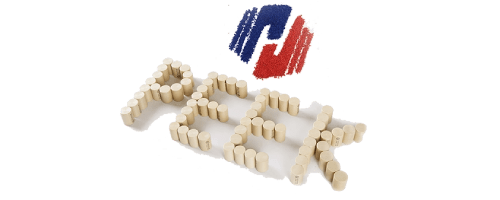FAQ


1. PEEK can tolerate almost any chemical except fuming concentrated sulfuric acid, and it can maintain good chemical stability even at higher temperatures. It has strong resistance to chemical corrosion and is usually used to manufacture parts that work in harsh environmental conditions or need to withstand frequent disinfection (such as chemical storage tanks and medical devices that need to be disinfected with strong oxidant hydrogen peroxide).
2. Although PEEK polymer has been widely regarded as a material that can withstand extremely strong chemical corrosion, of course, whether PEEK can withstand a certain corrosive medium is also related to the crystallinity of the PEEK parts, the residual internal stress, and the temperature and concentration of the medium in contact with the parts. For details, please refer to the following table (please download and view because the file is relatively large):
3. PEEK's chemical corrosion resistance is divided into the following three categories:
A: No erosion, little or no absorption;
B: Slightly corrosive, whether it is suitable depends on the application;
C: Severely corrosive, cannot be used in situations where these chemicals are present.
4. Please see the attached table for the corrosion resistance of PEEK polymer to various organic and inorganic solvents:
The attachment contains detailed performance data on PEEK's tolerance to various solvents, which can be queried in the following categories:
◇ PEEK polymer's corrosion resistance to various alkalis;
◇ PEEK polymer's corrosion resistance to various alcohols;
◇ PEEK polymer's corrosion resistance to various aldehydes and ketones;
◇ PEEK polymer's corrosion resistance to various esters;
◇ PEEK polymer's corrosion resistance to various ethers;
◇ PEEK polymer's corrosion resistance to various organic chlorides;
◇ PEEK polymer's corrosion resistance to various hydrocarbons;
◇ PEEK polymer's corrosion resistance to various inorganic reagents;
◇ PEEK polymer's corrosion resistance to other reagents;
◇ PEEK polymer's corrosion resistance to organic nitrides;
◇ PEEK polymer's corrosion resistance to phenol;
◇ PEEK polymer's corrosion resistance to sulfides.
Common Problems in Processing
FAQ of PEEK
Get help Email us chinaPEEK@chinaPEEK.com
We use cookies to improve your experience, conduct statistical analysis and provide personalized advertising. For more information, please refer to Cookie Statement